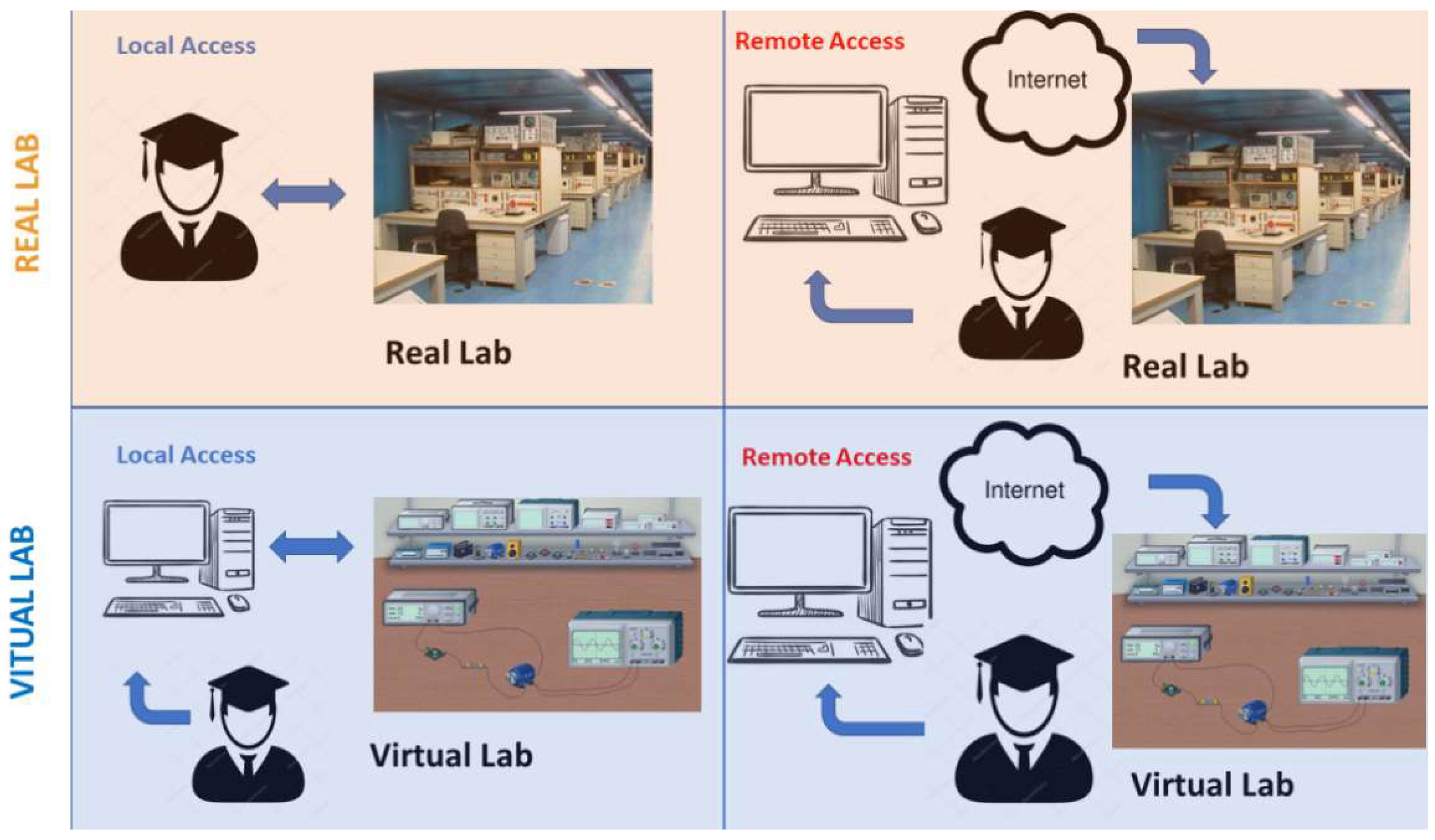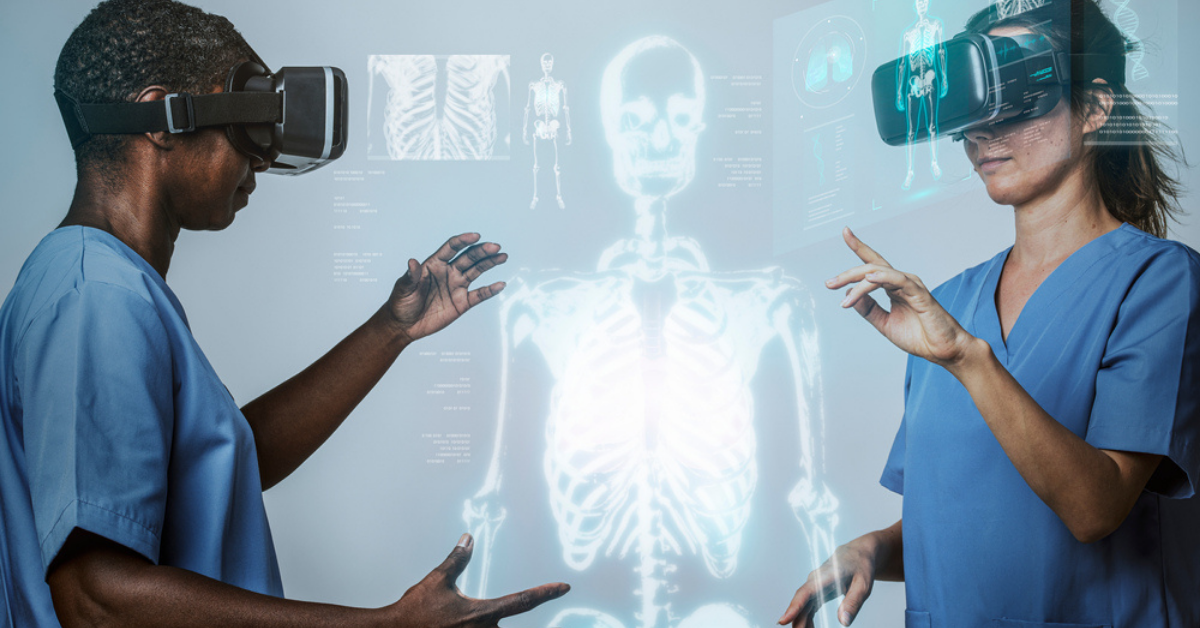In recent years, virtual reality (VR) and augmented reality (AR) have emerged as groundbreaking technologies that are transforming various industries and revolutionizing the way we perceive and interact with the digital world. These immersive technologies have the potential to redefine entertainment, education, healthcare, architecture, and more. This article delves into the world of virtual and augmented reality, exploring their definitions, applications, benefits, and future possibilities.
How can virtual and augmented reality enhance the retail industry?
Introduction to Virtual and Augmented Reality

Virtual reality and augmented reality are immersive technologies that enable users to experience computer-generated content in a realistic and interactive manner. Although they have similarities, there are clear differences between the two.
Understanding Virtual Reality

What is Virtual Reality?
Virtual reality refers to a computer-generated simulation that immerses users in a three-dimensional environment, stimulating their senses and creating a sense of presence. By wearing a VR headset or using other input devices, users can explore and interact with the virtual world.
How does Virtual Reality work?
Virtual reality works by combining various technologies, including head-mounted displays (HMDs), motion tracking sensors, and input devices. The VR headset tracks the user’s head movements and adjusts the display accordingly, providing a seamless and immersive experience.
Applications of Virtual Reality
Virtual reality is utilized in various fields, encompassing:
Gaming: VR gaming offers a highly immersive and realistic gaming experience, transporting players into virtual worlds.
Training and Simulations: VR is utilized for training purposes in industries such as aviation, military, and healthcare, offering safe and cost-effective simulations.
Education: Virtual reality enhances learning by creating interactive and engaging experiences that help students understand complex concepts.
Virtual Tourism: VR enables users to explore virtual replicas of real-world locations, providing a glimpse into different cultures and historical sites.
Unveiling Augmented Reality
.webp)
What is Augmented Reality?
Augmented reality overlays virtual content onto the real world, blending the digital and physical realms. Unlike virtual reality, AR does not immerse users in a fully simulated environment but enhances their perception of the real world by adding virtual elements.
How does Augmented Reality work?
Augmented reality relies on cameras and sensors to detect the user’s surroundings and superimpose digital information onto the real-world view. AR can be experienced through smartphones, tablets, smart glasses, or specialized AR devices.
Applications of Augmented Reality

Augmented reality has a diverse array of applications, which include:
Gaming: Augmented reality games combine virtual elements with the real world, enabling users to interact with digital objects in their physical surroundings.
Retail and E-commerce: AR enables virtual try-on experiences, allowing customers to visualize how products will look in real life before making a purchase.
Remote Assistance: AR can provide real-time guidance and support, allowing experts to remotely assist users in various tasks.
Navigation and Wayfinding: AR navigation apps overlay directions and points of interest onto the user’s real-world view, enhancing their navigation experience.
Virtual and Augmented Reality in Entertainment

Virtual and augmented reality have revolutionized the entertainment industry, creating immersive experiences and pushing the boundaries of storytelling.
Gaming and Virtual Reality

VR gaming takes players beyond the screen, enabling them to become fully immersed in virtual worlds. Players can interact with the environment, characters, and objects, providing a new level of engagement and interactivity.
Augmented Reality in Sports Broadcasting

AR has enhanced sports broadcasts by introducing virtual elements to enhance viewers’ understanding and enjoyment. Augmented graphics, player statistics, and real-time analysis can be overlaid onto the live video feed, providing a more immersive and informative experience.
Virtual Reality Theme Parks

VR theme parks offer thrilling and immersive experiences through rides, attractions, and interactive simulations. Visitors can explore fantastical worlds, embark on virtual adventures, and engage in multiplayer experiences with friends and family.
Education and Training with Virtual and Augmented Reality

Virtual and augmented reality have tremendous potential in the field of education, providing immersive and interactive learning experiences.
Immersive Learning Experiences

VR and AR allow students to explore historical events, visit faraway places, and interact with virtual objects, bringing subjects to life and enhancing their understanding.
Simulations and Training Programs

VR simulations enable trainees to practice skills in a safe and controlled environment. From flight simulators for pilots to medical simulations for surgeons, virtual reality provides realistic training experiences without the risk associated with real-world scenarios.
Virtual Laboratories

Virtual laboratories offer a cost-effective and scalable solution for conducting experiments and scientific research. Students can perform virtual experiments, manipulate variables, and observe outcomes, deepening their understanding of scientific principles.
 Transforming Healthcare with Virtual and Augmented Reality

Virtual and augmented reality technologies are making significant strides in the healthcare industry, transforming patient care, training, and therapy.
Surgical Training and Planning

VR simulations allow surgeons to practice complex procedures, refine their skills, and plan surgeries in a virtual environment. This enhances surgical precision and reduces the risk of errors during actual procedures.
Pain and Anxiety Management

VR has shown promise in managing pain and anxiety in patients. By immersing patients in soothing virtual environments, VR distraction therapy can alleviate discomfort and reduce the need for traditional pain medications.
Rehabilitation and Physical Therapy

Virtual reality is being utilized for rehabilitation and physical
